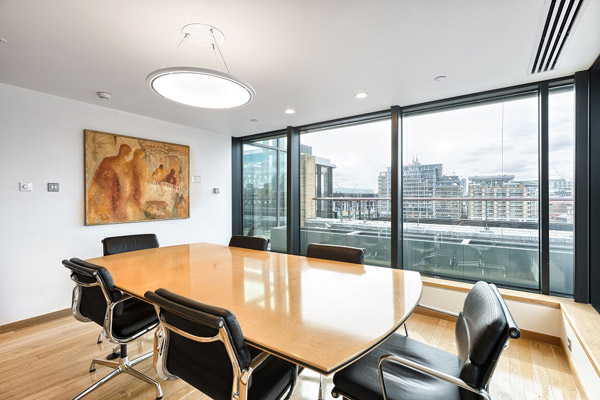








Report to US Congress was mandated by the Energy Independence and Security Act of 2007 and lauds the transition to solid-state lighting for slashing energy used for lighting and credits the US Department of Energy in part for the success.
The US National Academy of Sciences, Engineering, and Medicine (NAS) has issued its second report on LED- and OLED-based lighting entitled “Assessment of Solid-State Lighting, Phase Two.” The report projects that adoption of solid-state lighting (SSL) can deliver a 40% reduction in the amount of energy used for lighting by 2030. Moreover, the report suggests that the US Department of Energy (DOE) SSL program has been a key element in a faster-than-originally-predicted transition to LEDs and further suggests that the R&D funding by the agency should continue.
NAS issued its first report of SSL back in 2013. The reports are intended to inform the US Congress of progress in SSL and are required under the Energy Independence and Security Act (EISA) of 2007. The 2013 report urged continued research into core LED and OLED technology to both improve efficacy and yield. And the DOE has funded many such R&D programs, for example through the Small Business Innovation Research (SBIR) and Small Business Technology Transfer (STTR) programs. We reported earlier this year on fiscal year 2016 grants.
The DOE has also funded research at major players in the SSL space, generally with the companies involved also committing matching research dollars to the project. In mid-2015, for example, the DOE awarded $10 million to nine companies and research institutions.
The new NAS report notes that SSL penetration has increased dramatically since the prior report, although in absolute numbers the reach is still low. The research said that in 2015 only 6.4% of installed general illumination in the US was based on SSL sources. The report projects that number to reach 48% by 2020.
The report documents two side effects of the great interest in LEDs that were not predicted in the 2013 report, and one has been a negative with the other to be very much a positive. The prior research did not foresee the collapse in LED component prices due in part by oversupply, that caused what the NAS termed a “dramatic dislocation and restructuring of the SSL marketplace.” In simple terms, players in the SSL space have not made the profits that may have been expected. We detailed the price collapse in coverage of Strategies in Light talks in 2016.
The emerging positive side effect is the new applications now being envisioned for SSL. For example, we have regularly covered horticultural lighting and have another upcoming event focused on the topic. And other examples include human-centric lighting (HCL), and indeed smart lighting and the Internet of Things (IoT).
The NAS committee behind the report clearly feels that the SSL sector offers both great potential for commerce and the potential to continue driving down energy usage. The report specifically recommends some investments it would like to see the DOE make. Those are best summarized by the following passage: “The committee recommends that DOE should continue to make investments in core technology improvements for SSL technologies, both LED and OLED, and should also consider solutions that will ultimately allow low-cost implementation and embody risks that industry is not likely to take. Early-stage investment in disruptive technologies represents high risks that industry is not likely to take.”
Alas, the political climate in the US is uncertain at the moment. That generally is not a topic we will attempt to cover in this publication. But rumors would suggest that DOE SSL funding might not be popular with the current US leadership. Let’s hope cooler heads prevail in Congress so that this disruptive technology can continue its evolution and so that society can turn down energy consumption.
Copyright 2006-2025 Shanghai Sinoexpo Informa Markets International Exhibition Co., Ltd. All rights reserved